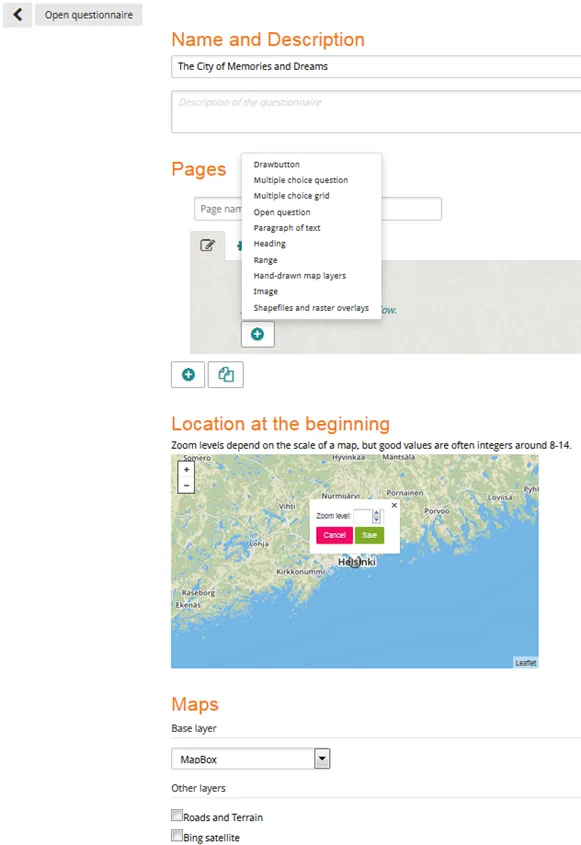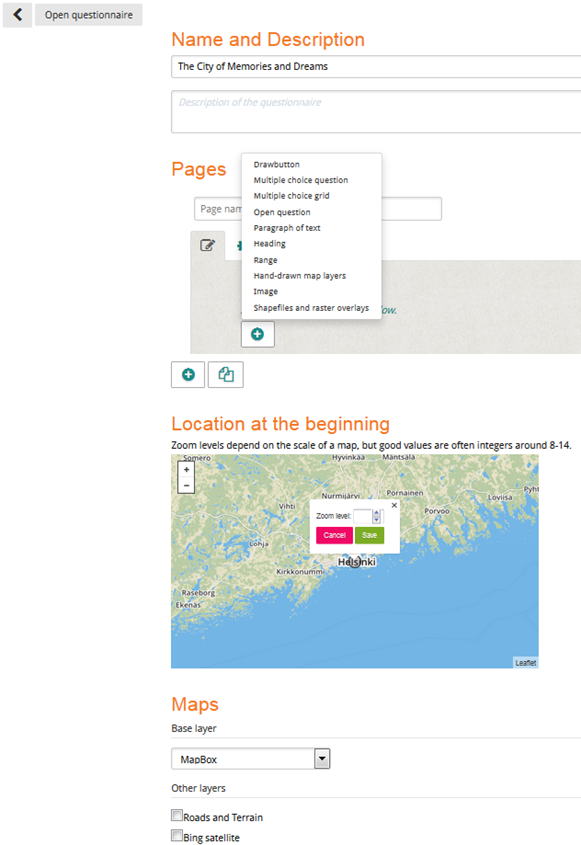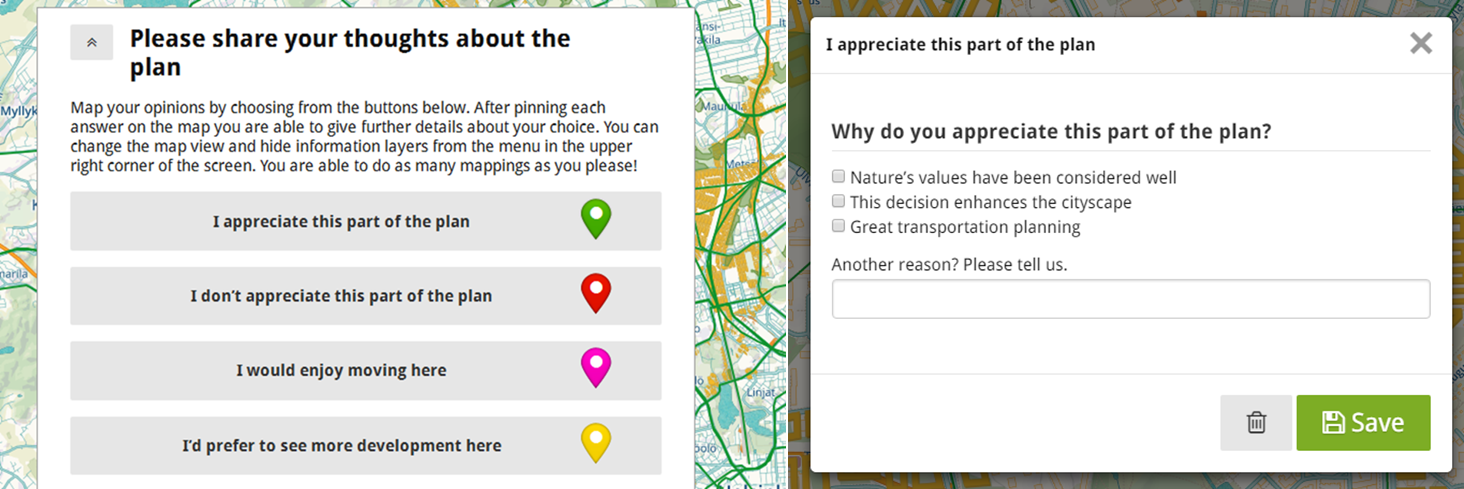Mapzen shows crazy web map projections
Every GeoGeek knows that Mercator projection lies. It has been created by the Flemish geographer and cartographer Gerardus Mercator in 1569 with the purpose to help sailors navigate. The idea behind it was that sailors don’t care about shapes of a land or metric distances, what is important is a course towards which they sail. In practice Mercator had to create a projection which would preserve angles (and by that means distort shapes and distances). Mercator decided to go for the easiest and the most useful solution, he created a map with perpendicular meridians and parallels, so that courses of ships would be represented on a map as straight lines.
But placing a globe on a flat surface always comes with a price. With this approach we get an easy to sail and navigate map but the map distortions increase with latitudes, as the north and south poles are at positive and negative infinity. In order to avoid infinitely tall map mapping services select an arbitrary cutoff point typically somewhere around 80 degrees.
Over the last 20 years Mercator projection has been brought to a global awareness by web mapping portals. There are a couple of reasons why they decided to go for that option. First of all the perpendicular grid of parallels and meridians is elegant and easy to use for programmers (it is easy to cut into smaller tiles). Mercator projection is also favorable to rich western countries as it makes northern countries look biggest than they actually are.
Mapzen a NY-based, open source mapping lab is also aware of it and decided to show that web mapping is not all about Mercator. They’ve used their Tangram engine which allows for crazy dynamic transformations of OpenStreetMap and show cased couple of unique map projection concepts. We can read on the project’s website:
“Tangram draws maps in real-time in your web browser, using a hotline to your graphics card called OpenGL. Small programs called “shaders” allow the position and coloring of anything onscreen to be modified instantly, according to your own design.”
First of all you need to be patient as it make take a minute or two to load all the maps below. The first one presents Albers projection which is an equal-area conic projection focused mainly on the US.
Another cool thing done using Tangram engine is 3D-2D transformation to from the globe to plain Mercator projection.
But the most impressive things are yet to come. Below you see the Inception-alike horizonless projection.
“This bendy map is a mix of two views of the same data: the top part of the map is a standard top-down web map view (plus 3D buildings), and the bottom part is a tilted view of the same scene.”
The last example showcased by Mapzen is visualization of New York on a globe. It wraps the city tiles into a sphere of constant size and trims away whatever is left over.
These are only experimental projection concepts and there are not quite ready to take over the dominant position of Mercator but it shows that a lot of awesome things can be done. Great job Mapzen!








